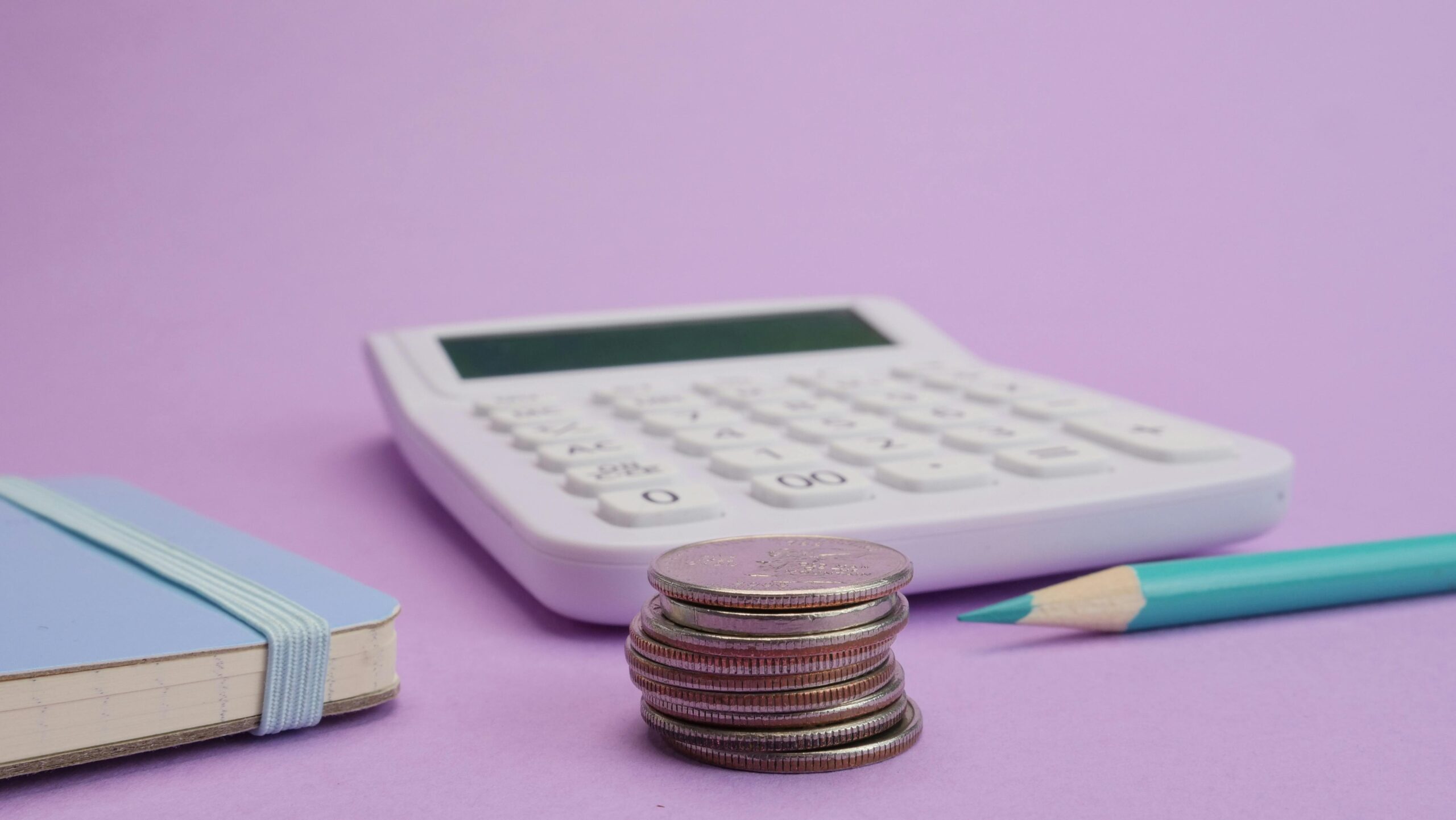Cryptocurrency markets are notorious for their intense volatility and unpredictable swings. From meteoric rallies to painful crashes, crypto price action can spook even seasoned investors. Yet there is one strategy that stands the test of time, helping everyday investors steadily build a position while smoothing out the violent price fluctuations: Dollar-Cost Averaging, or DCA.
Whether you have $500 or $5,000 to invest, a disciplined dollar-cost averaging plan can help you overcome fear, manage risk, and create a sustainable, stress-free path to crypto exposure. In 2025, with fresh interest in digital assets surging globally, DCA remains the most practical, evidence-based way for average investors to participate in the market — without trying to time its next move.
What Is Dollar-Cost Averaging in Crypto?
Dollar-cost averaging is an investment strategy where you break your total budget into equal, smaller installments and invest them over regular intervals, regardless of price. For example, instead of putting $2,000 into Bitcoin in one shot, you might invest $200 every week for ten weeks.
By doing so, you buy more coins when the price is low and fewer when the price is high, systematically building a position without having to predict the perfect entry. Over time, this strategy averages out your entry price and reduces the emotional stress of investing.
In the crypto world, where prices can swing 10–20% in a single day, dollar-cost averaging acts as a mental safety net and a financial risk smoother.
Why Dollar-Cost Averaging Works
Unlike one-time lump-sum investing, DCA has three huge advantages:
- Emotional Resilience: You remove the temptation to panic-buy in euphoria or panic-sell during crashes.
- Downside Protection: If prices fall, you naturally buy more at cheaper prices, improving your long-term average cost.
- Consistent Habit: DCA builds a steady investing rhythm, encouraging long-term thinking rather than short-term gambling.
In crypto’s highly cyclical environment, these benefits can be the difference between consistent growth and catastrophic mistakes.
Who Should Use DCA?
Dollar-cost averaging is particularly suited for:
- New crypto investors: Getting started without worrying about perfect timing
- Volatile market conditions: When daily swings are unpredictable
- Long-term investors: Who believe in the technology and want to accumulate gradually
- Investors with limited time: Who cannot constantly monitor charts and news
If you have $500 to $5,000, you’re exactly in the ideal DCA bracket. It helps you spread risk and build confidence, even if you’re just beginning to explore digital assets.
Step-by-Step Crypto DCA Strategy for $500–$5,000
Let’s break down how you can apply a realistic DCA approach right now:
1️ Define Your Total Budget
First, decide exactly how much you can safely invest. For this guide, let’s consider budgets between $500 and $5,000. Never invest money you cannot afford to lose crypto remains a high-risk asset class.
2️ Choose Your Assets
Avoid spreading your DCA too thin over dozens of tokens. Instead, select 2–4 assets you truly believe in, with solid fundamentals and real adoption. For most investors in 2025, these might include:
- Bitcoin (BTC): The digital gold, largest market cap
- Ethereum (ETH): Leading smart contract platform
- A blue-chip L2 or RWA token: Such as Arbitrum, Optimism, or a high-quality tokenized real-world asset
- A stablecoin pair: For partial risk-off allocation and staking yield
3️ Choose Your Interval
Set a schedule that feels comfortable and realistic. Weekly, biweekly, or monthly are all popular. The key is consistency — do not try to “time” a better moment later on.
- Example: Invest $100 every Friday for 10 weeks
- Or: $250 on the first of each month
4️ Automate Your DCA
Most modern exchanges now allow automated purchases. Platforms like Coinbase, Binance, Kraken, or even decentralized services like Loop allow you to schedule buys ahead of time, removing the temptation to override your plan.
Automation is critical in crypto, where headlines can tempt you to deviate and chase pumps.
5️ Track and Adjust
Set reminders to check your DCA results, perhaps quarterly. You don’t need to make changes every week, but you should monitor:
- Whether your allocation still makes sense
- If your conviction in those assets remains
- If your total crypto exposure is still aligned with your overall financial goals
This “DCA check-in” ensures you remain on track and can rebalance if your life situation or risk profile changes.
Case Example: $2,000 DCA Plan
Let’s say you have $2,000 to invest over two months. You decide on the following DCA:
Assets: 50% BTC, 30% ETH, 20% stablecoin pair
Schedule: Weekly purchases
Amount: $250 per week over 8 weeks
Each week, you allocate:
- $125 to BTC
- $75 to ETH
- $50 to a stablecoin (perhaps staking it for yield)
If BTC drops in week three, your $125 buys more. If ETH rallies, you still only buy your $75, avoiding overpaying in euphoria. Over 8 weeks, you build a solid portfolio with a blended, risk-smoothed average price.
Mistakes to Avoid with Crypto DCA
Even a simple DCA plan can fail if you fall into these traps:
- Panic-changing your plan: Stick to the schedule regardless of short-term noise
- Over-diversification: Too many tokens dilute your conviction
- Ignoring fees: Frequent small buys can accumulate transaction costs; pick exchanges with low-fee structures
- Lack of security: Transfer assets periodically to a secure wallet rather than leaving them on exchanges
A disciplined, secure approach will keep your DCA strategy effective.
How to Handle DCA in Bull vs Bear Markets
Dollar-cost averaging works best because you do not try to predict markets. However, you can still adapt slightly based on the macro environment:
- Bull Market: Stick to your schedule, but consider slightly larger amounts if you have high conviction
- Bear Market: Continue your DCA; bear cycles are perfect for accumulating high-quality assets cheaply
- Sideways Market: Maintain the plan; eventually volatility returns
The secret is not to pause or panic market cycles will come and go, but DCA remains a timeless strategy.
Conclusion: DCA Is the Investor’s Friend
In 2025, with crypto adoption rising globally and new protocols coming online every week, even a small $500–$5,000 budget can become powerful if deployed systematically. Dollar-cost averaging removes the stress of “perfect timing,” replaces fear with discipline, and gives you a clear roadmap for long-term growth.
No matter what the next market cycle brings, a consistent DCA approach allows you to build your crypto exposure safely and sustainably, making you a participant rather than a spectator in the decentralized future.
Crypto DCA Plan
| Parameter | Recommendation |
| Budget | $500–$5,000 |
| Asset selection | 2–4 high-quality projects |
| Interval | Weekly, biweekly, or monthly |
| Automation | Use exchange or DEX scheduling features |
| Check-ins | Quarterly review |
| Risk management | Never invest funds you can’t afford to lose |
| Exit strategy | Periodic rebalance or profit-taking |





